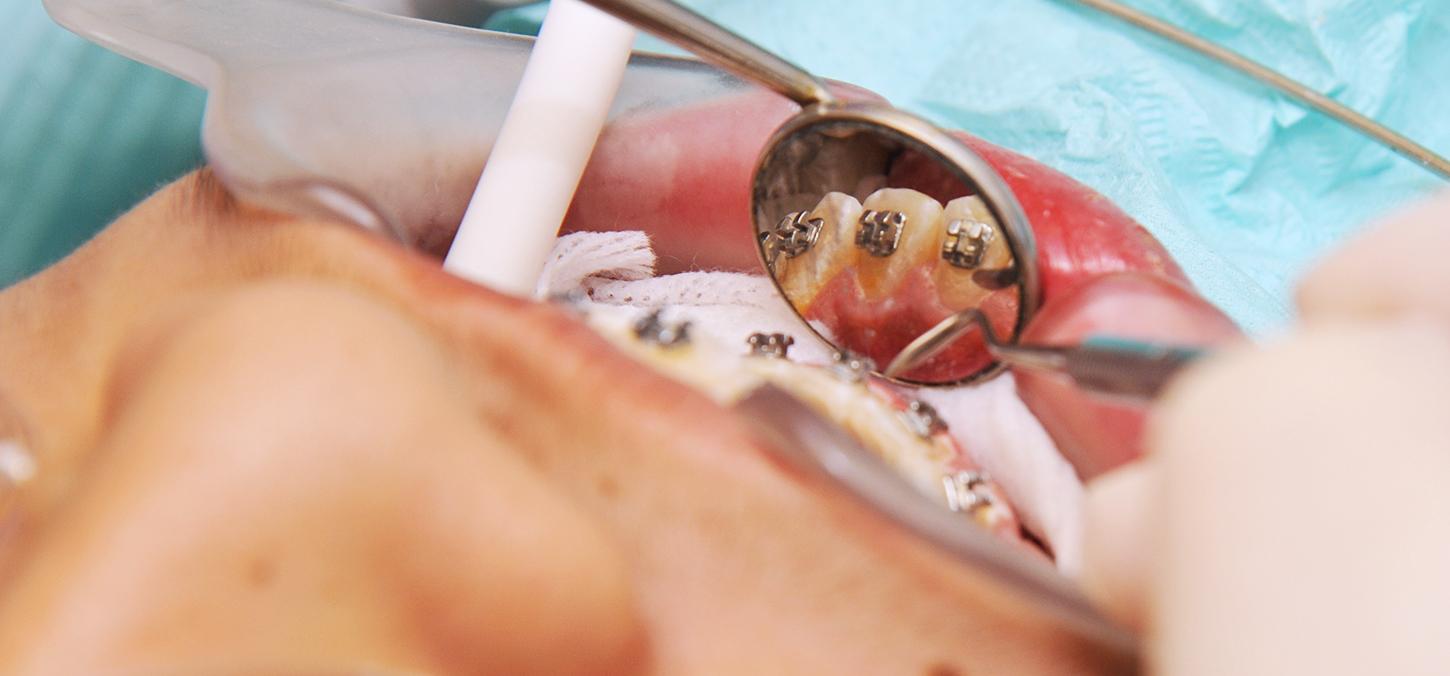
New orthodontic guidelines for paediatric patients at risk of developing infective endocarditis: Review
A literature review conducted by professor Sunjay Suri and recent masters in orthodontics graduate Yona Vandersluis has yielded new recommendations for orthodontic treatments for children at risk of developing infective endocarditis.
Infective endocarditis is a serious condition in which cardiac valves become infected by bacteria entering the blood stream, known as bacteremia. Children who develop this condition account for between 0.05 to 0.12 cases per 1000 paediatric hospital admissions, and can face complications such as myocardial infarction, heart failure or stroke.
The American Heart Association (AHA) sets out guidelines for treating patients most at risk of developing this condition, guidelines which all dentists follow. Still, notes Vandersluis, guidance for orthodontic procedures “have been pretty minimal.” In fact, the AHA lists only one orthodontic procedure requiring antibiotic prophylaxis.
The team found that any at-risk patient undergoing procedures involving subgingival interaction or bleeding should first be prepared with antibiotic prophylaxis.
Additionally, Suri adds, “alternatives should be used for those orthodontic procedures and appliances which carry greater risks of causing bacteremia.”
Vandersluis hopes that the current review “will help our colleagues access the most up to date understanding of the risks and what should be prepared for,” while both researchers add that more research is required.
The review was published in the American Journal of Orthodontics and Dentofacial Orthopedics in January 2020.
Watch the researchers describe their work in this video.
Photo: orthodontic procedure (Faculty of Dentistry archives)